When discussing squat form and mechanics, you’ve likely thought about or explored different footwear options. In the context of squats footwear, it’s common to squat barefoot, in cross-training shoes, or weightlifting shoes.
All of these are fantastic footwear options for squats, and what’s best for your squat comes down to the context of what you want and need. At times, lifters can neglect how essential shoes can be for squats.
Everything starts from the ground in squats, so having the right pair of shoes can make a world of difference, especially as you get more specific with your squats and strength training. Even a small heel elevation can change your squat form, and understanding this can be incredibly important for your training goals.
Table of Contents+
Flat Shoes and Elevated Heeled Lifting Shoes
Before we dive into the nuts and bolts of this article, it’s a good idea to first provide you with an idea of common footwear options that fall into each category of flat shoes and elevated-heel shoes.
For context, there are countless footwear options on the market, and many of them will work for squats. However, when we’re talking about flat shoes and elevated-heel shoes, I think it’s important to define exactly what they are.
Flat shoes entail shoes that have a 0mm heel-to-toe drop. This means that there is no difference between the height of the heel and forefoot in your shoe. When standing and working out, your foot is in a flat position.
A shoe with an elevated heel is any shoe with a purposely risen heel that extends past the norm for normal heel-to-toe drops. For example, generally, training shoes have heel-to-toe drops that range from 0 mm to 8 mm. In shoes with a heel elevation, the heel height will sit anywhere from .6″to -1″.
This then increases the heel-to-drop or the heel’s position in relation to the forefoot to around 15mm-25mm, a stark difference from the normal 0mm-8mm range that most training shoes have.
Above are a few popular and common examples of flat shoes and shoes with elevated heels. Lifters frequently use these types of shoes for their squat sessions.
- Flat Shoes: Vans, Converse, Barefoot Shoes
- Elevated Heels: Weightlifting Shoes (ex: Reebok Legacy Lifter 2 and Nike Savaleos), Nike Metcon 6 WITH the Inserts Being Used
If you can better define the style of shoe that you wish to use and what type of shoe is best for your squats, then you can be much more strategic, and you’ll know exactly what to look for when exploring new shoes for squats.
Why Use An Elevated Heel for Squats?
Now that we’ve defined a few popular shoe options that offer elevated heels let’s answer the question, “Why would you use an elevated heel for squats?”
When we elevate our heel in squats, we will change our form and the mechanics of our lower body. The elevated heel is going to place our foot into a plantarflexed position before we start squatting. This can alter the range of motion our ankles, knees, hips, and torsos will go through while squatting.
Generally speaking, an elevated heel will promote more knee tracking, assist you with your ankle range of motion, and help you keep a more upright torso while achieving good squat depth.
The elevated heel puts the ankle into an environment that feeds better into positive knee translation.
In layman’s terms, the elevated heel helps to promote more knee tracking over the toes without drastically changing the range of motion our ankle can work through and this is due to the foot starting in plantarflexion (plantarflexion is the act of flexing the foot downwards).
In the image above, I tried to illustrate that the range of motion at the ankle has not changed drastically due to the elevated heel, however, if we look at the knee joint in relation to the midfoot, then it’s pretty easy to see that we’re getting more knee tracking in the right example.
This more forward knee position will then allow lifters to maintain a more upright torso position while maintaining better balance when managing different loads. All of these changes also result in it feeling “easier” to achieve squat depth when wearing elevated heels especially when ankle, hip, and torso mobility can be limited for some athletes.
Now, obviously, the above image is only 2D so it doesn’t do the vast differences in every athlete’s anatomy and squat style justice, so please note the limitations here. Plus, an elevated heel will have slightly different effects on different squats due to current mobility levels, squat needs, and skill levels, so there can be some variance in regard to how lifters will respond to an elevated heel.
That all being said, if you feel limited at times with your squat due to ankle, hip, and torso mobility, then using an elevated heel can be a viable option for working with your current squat constraints. Additionally, not every lifter is built to where they can naturally achieve great squat depth.
For example, some lifters — despite working their mobility day-in and day-out — may never feel comfortable squatting to depth without an elevated heel (I fall into this camp of athletes). This can be due to things like different anatomies of hip capsules, femoral heads/necks, and limb lengths.
Why Use Flat Shoes for Squats?
When it comes to using flat shoes for squatting, the answer is a bit more straightforward and less nuanced than using elevated heels for squats.
The use of using flat shoes for squats is generally based on personal preferences and what feels most natural for lifters. For example, if you’re an athlete or lifter that can easily drop into a deep squat without shoes on, then you likely fall into the camp that loves squatting with flat shoes or even barefoot.
In regard to performance benefits and squatting with flat shoes compared to elevated heels, if you like flat shoes, then you likely also enjoy the stability you receive from this style of shoe. Plus, you likely enjoy how easy it feels to maintain your balance with a flat shoe (or barefoot) due to your ability to root your feet.
Flat Vs Elevated Heel Lifting Shoes In the Research
There have been multiple studies investigating the act of squatting in a flat shoe (or barefoot) versus squatting in weightlifting shoes or with a heel wedge. Generally, these studies look at how differences in footwear change biomechanics, areas of stress, and moments of joint angles.
It’s important to note that the studies references below are fantastic for making suggestions and highlighting how different lifters will respond to different types of footwear, but they’re not an end-all-be-all.
A few of the studies lack large population sizes, and we always have to consider the larger picture when discussing squat mechanics and individual differences (factors that not every study can highlight). This is not to say that the studies are not useful, but there are layers of context needed when assessing what footwear will be best for you because we’re all built different and squat different.
Flat Shoes Vs Elevated Heel and Joint Moments
When looking at joint angles and moments, a couple of studies have highlighted that weightlifting shoes or using a wedge to create heel elevation potentially increases the amount of knee flexion and knee extension moment in squats. (1, 2)
Essentially this translates to that a heel wedge has been suggested to create slightly more knee dominant squats. Higher knee moments suggest that different forces acting on the knees during squats with heel wedges are slightly higher and this makes sense when you consider the fact the an elevated heel often leads to more knee tracking and knee dominant squat patterns.
Another suggest point of performance from one of the studies above is that squatting barefoot increased hip extension moments in some lifters, which makes sense when you consider that squatted barefoot will often lead many lifters to have a slightly more forward torso position which would then likely result in more demands on the hips when squatting. (2)
The suggest takeaways here is that elevated heels can at times require more force production from the knees. In many scenarios, elevated heels have the potential to make you a more knee dominant squatter which means you’re relying heavily on the quads, and more specifically, knee extension to execute strong squat reps.
When squatting barefoot or in flat shoes, if you don’t have high levels of natural ankle, knee, and hip mobility, then you may adopt a slightly more torso position which could then increase your hip extension moment or demands on the hip due to the higher demands on this joint’s range of motion during flat-footed squats.
Flat Shoes Vs Elevated Heel and Torso Position
Another aspect to consider with elevated heels is how they alter the torso position. In some contexts, lifters and coaches will state that using elevated heels when squatting translate to more upright torso position and potentially less spinal stress, but is this true?
In general, this tends to be the case, and multiple studies have suggested that an elevated heel will alter torso mechanics during squats. For example, these two studies highlighted that a weightlifting shoe did a fairly adequate job of assisting lifters to maintain a more upright torso position when performing squats. (3, 4)
Another study suggested that weightlifting shoes may be a viable option for limiting spinal stress in novice lifters. (5) And while all of this sounds great, it’s important to note that there are also studies that have suggested that elevated heels don’t play a large role in torso position and protecting the spine while squatting.
For example, this study suggests that elevating the heels during back squats didn’t have a significant effect on spinal stress and trunk and knee kinematics while squatting. (6)
Applying the Research to Your Training
I want to reiterate one more time that research can be an awesome tool for suggesting and helping us to make research-backed and educated training decisions. However, in some cases like with footwear, research doesn’t paint the full picture. Even in the studies referenced above we can see that there are no absolutes with footwear selection and squatting.
Generally, a heel wedge will lead to more knee dominant squats, and squatting with a flat shoe or foot position will lead to more hip dominant squats. Additionally, an elevated heel may lead to more upright torso positions, however and once again, this is not always the case.
If we looked at a practical real-life example, I’m 6′ 0″ with long legs (I’m built like a daddy long legs) and my girlfriend is 5′ 0″ with shorter legs. How an elevated heel impacts our squat mechanics and our performance is different.

If I don’t use an elevated heel when squatting, then I generally demonstrate a much larger degree of torso flexion on my squats, while her squat mechanics don’t change nearly as drastically. Check out the example above of my torso while using Altra Solstice XT 2s, which feature a 0mm heel-to-toe drop.
Note, this is only one example of how nuanced this topic can be and how there’s no “one-size-fits-all” answer when it comes to selecting the best shoes for your squats.
My best advice — and this coming from a strength coach who is constantly helping his clients find the right footwear for their goals — is to experiment with different footwear options while squatting to assess what feels best for you.
Different styles of squats will demand different amounts of force on your joints, and playing with your footwear can be an awesome way to find what feels best and most natural for assisting your squat performance.
Frequently Asked Questions (FAQ)
Q:What do lifting shoes do?
Q:Are lifting shoes worth it?
Q:How much difference do lifting shoes make?
Takeaway Thoughts
When deciding between squatting in flat shoes versus elevated heels it’s a good idea to recognize our individuality and to acknowledge that our footwear should be representative of our squat goals and needs. Elevating the heel can be a fantastic tool for assisting with squat performance and form, but it’s not always the best tool for every single athlete.
There always needs to be context applied when selecting your squat footwear and one of the best tips I can offer you is to test different shoes, make notes, and assess how they influence your squat performance.
If you have any questions on this topic, drop a comment below or reach out to me personally via Instagram (@jake_boly).
References
- Legg, H., Glaister, M., Cleather, D., & Goodwin, J. (2016). The effect of weightlifting shoes on the kinetics and kinematics of the back squat. Journal Of Sports Sciences, 35(5), 508-515.
- Southwell, D., Petersen, S., Beach, T., & Graham, R. (2016). The effects of squatting footwear on three-dimensional lower limb and spine kinetics. Journal Of Electromyography And Kinesiology, 31, 111-118.
- Sato, K., Fortenbaugh, D., & Hydock, D. (2012). Kinematic Changes Using Weightlifting Shoes on Barbell Back Squat. Journal Of Strength And Conditioning Research, 26(1), 28-33.
- Charlton, J., Hammond, C., Cochrane, C., Hatfield, G., & Hunt, M. (2017). The Effects of a Heel Wedge on Hip, Pelvis and Trunk Biomechanics During Squatting in Resistance Trained Individuals. Journal Of Strength And Conditioning Research, 31(6), 1678-1687.
- Sayers, M., Bachem, C., Schütz, P., Taylor, W., List, R., Lorenzetti, S., & Nasab, S. (2020). The effect of elevating the heels on spinal kinematics and kinetics during the back squat in trained and novice weight trainers. Journal Of Sports Sciences, 38(9), 1000-1008.
- Lee, S., Gillis, C., Ibarra, J., Oldroyd, D., & Zane, R. (2019). Heel-Raised Foot Posture Does Not Affect Trunk and Lower Extremity Biomechanics During a Barbell Back Squat in Recreational Weight lifters. Journal Of Strength And Conditioning Research, 33(3), 606-614.





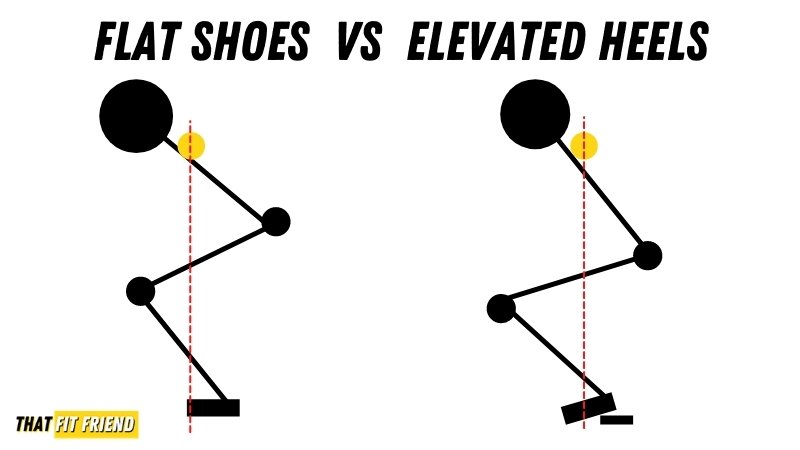

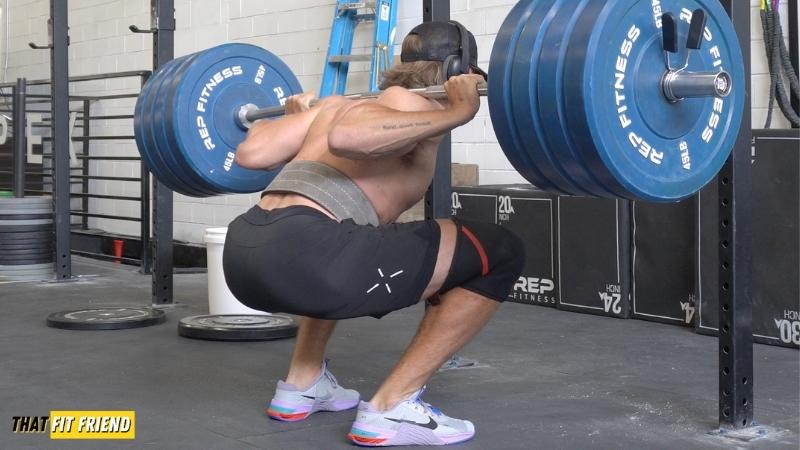
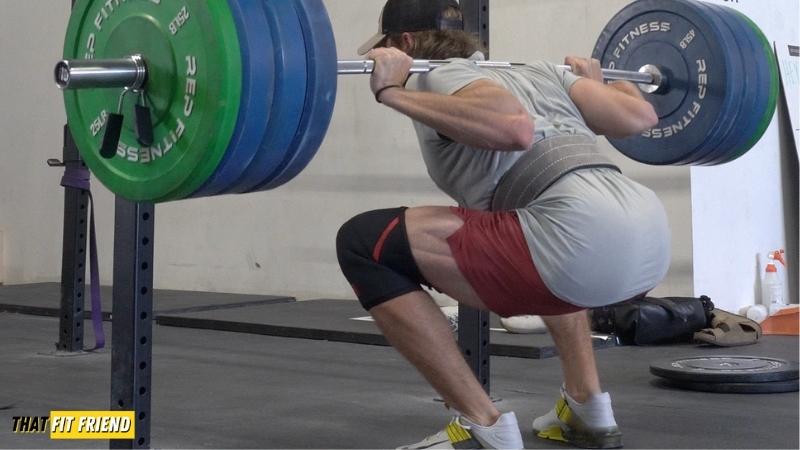

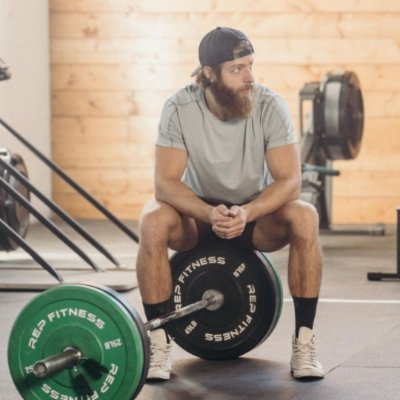



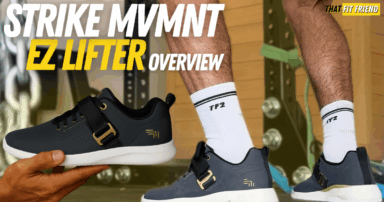
Steve
So… do whatever the fug you want.
Pretty much like most things with training. Use what sets you up for the best success with your anatomy/mechanics and understand the why.